Steemit : Bluepaper
Introduction :-
Steem provides a scalable blockchain protocol1 for publicly accessible and immutable content,
along with a fast and fee-less digital token (called STEEM)2 which enables people to earn the currency by using their brain (what can be called “Proof-of-Brain”). The two building blocks of this protocol, both blockchain and token, depend on each other for security, immutability and longevity, and are therefore integral to each others’ existence. Steem has been successfully operating for over a year, and has now exceeded both Bitcoin and Ethereum in number of
transactions processed.
Compared to other blockchains, Steem stands out as the frst publicly accessible database for immutably stored content in the form of plain text, along with an in-built incentivization mechanism. This makes Steem a public publishing platform from which any Internet application maypull and share data while rewarding those who contribute the most valuable content.
In the feld of crypto-currencies, the unique properties of STEEM make it both “smart” and “social”compared to others, such as bitcoin and ether. This stems from two new token features.
The frst is a pool of tokens dedicated to incentivizing content creation and curation (called the “rewards pool”). The second is a voting system that leverages the wisdom of the crowd to assess the value of content and distribute tokens to it. These two unique properties when combined are referred to as Proof-of-Brain, which is an entendre based on Proof-of-Work4, meant to emphasize the human work required to distribute tokens to community participants. Proof-ofBrain positions STEEM as a tool for building perpetually growing communities, which encourage their members to add value to the community through the built in rewards structure.
In addition to these advancements in blockchain and token technology, Steem as a system provides additional advanced features to enhance the user experience, such as Stolen Account Recovery5, escrow services, user promoted content, a reputation system, and savings accounts. This is all done while providing users with three second confrmation times and zero fees on all transactions. All of this allows it to support the mission of bringing smart and social currency to publishers and community builders across the Internet.
Proof of Brain: Smart and Social Tokens :-
Token systems that reward users as they contribute to a token-based community system require mechanisms for establishing and evaluating content’s social value: we call this “Proof-of-Brain.
The Rewards Pool (“Where do the tokens come from?”) :-
One of the most innovative (and most misunderstood) aspects of the Steem blockchain is the“Rewards Pool” from which tokens are distributed to valuable content creators. In order to understand what the Rewards Pool is, one frst needs to understand that tokens are produced differently in DPoS blockchains than they are in PoW blockchains. In traditional PoW blockchains, tokens are produced regularly but randomly distributed to the people whose machines are performing work (“miners”).
Different from PoW-only cryptocurrencies, tokens in Steem are generated at a fxed rate of one block every three seconds. These tokens get distributed to various actors in the system based on the defned rules of the blockchain. These actors, such as content creators, witnesses, and curators, compete in specialized ways for the tokens. Unlike the traditional PoW means of distribution, where miners are competing over raw computing power, the actors in the Steem
network are incentivized to compete in ways that add value to the network.
The rate that new tokens are generated was set to 9.5% per year starting in December 2016, and decreases at a rate of 0.01% every 250,000 blocks, or about 0.5% per year. The inflation will continue decreasing at this rate until it reaches 0.95%, after a period of approximately 20.5 years.
Of the supply of new tokens created by the Steem blockchain every year, 75% of those tokens compose the “rewards pool” which are distributed to content creators and content curators. 15% are distributed to vested token holders, and 10% are distributed to Witnesses, the block producers cooperating inside Steem’s DPoS consensus protocol.
Rewards for Content Creators and Curators :-
The users who produce content are adding value to the network by creating material that will drive new users to the platform, as well as keep the existing users engaged and entertained. This aids in distributing the currency to a wider set of users and increases the network effect. The users that take time to evaluate and vote on content are playing an important role in distributing the currency to the users who are adding the most value. The blockchain rewards both of these activities relative to their value based on the collective wisdom of the crowd collected through the stake-weighted voting system.
Voting with Staked-Tokens to Determine Allocation of Rewards :-
Steem operates on the basis of one-STEEM, one-vote. Under this model, individuals who have contributed the most to the platform, as measured by their account balance, have the most influence over how contributions are scored. Stake can be bought or earned. Users can not gain
additional influence by owning multiple accounts, since one single account with an amount of stake will have the same influence as two different accounts sharing the same amount of stake. The only way for users to increase their influence in the platform is to increase their stake.
Furthermore, Steem only allows members to vote with STEEM when it is committed to a 13 week vesting schedule called Steem Power. Under this model, members have a fnancial incentive to vote in a way that maximises the long term value of their STEEM.
Speed and Scale on the Steem Blockchain :-
The Steem blockchain is designed to be one of the fastest and most efcient blockchains in existence, which is necessary to be able to support the amount of trafc expected on a social media platform larger than the size of Reddit. Steem has already surpassed Bitcoin in number of transactions, and is able to scale to support 10,000 or more transactions per second.
Delegated Proof of Stake (DPoS) :-
Often bottlenecked by Proof-of-Work (PoW)6, many blockchains can’t scale beyond three transactions per second, which is a fraction of the world’s fnancial trafc. Steem needed far more scale and speed than that offered by PoW, and so a lesser known algorithm called Delegated Proof of Stake (DPoS)7 was leveraged to lay the foundation for a blockchain suited for billions of users.
Because of DPoS, the Steem blockchain is able to generate a new block every 3 seconds with minimal computational load. This means that the blockchain can process more transactions and hold more information, including content.
By defning the rules for when a Hardfork occurs, the witnesses elected within the DPoS framework can quickly and efciently decide on whether or not to move forward with a proposed hardfork, allowing the Steem blockchain protocol to evolve more rapidly than most others. The Steem blockchain has already successfully forked 18 times8, and each time a Hardfork has occurred, only a single chain has persisted after the fork.
ChainBase :-
ChainBase is the database portion of the blockchain stack and replaced Graphene10 in 2016. ChainBase has faster load and exit times, supports parallel access to the database and is more robust against crashes than its predecessor. It also has less frequent database corruption, allows instant “snapshotting” of entire database state, and can serve more RPC requests from the same memory.
AppBase :-
AppBase is the frst step in creating a multi-chain FABRIC. AppBase enables many components of the Steem blockchain to become modular by creating additional non-consensus blockchains as dedicated plugins. These plugins can be updated much more rapidly because they do not require replaying the entire blockchain. This makes steemd11 far more efcient and easier to maintain and scale.
Practically speaking, AppBase enables different cores, or even different computers, to maintain different parts of the Steem blockchain. This is signifcantly more efcient than requiring every core, and every computer in the network maintain the entire blockchain. Modularizing the blockchain enables it to take full advantage of the modular nature of computers. This is one necessary step in the long process of creating a fully parallel, fully optimized blockchain.
See more about it. Wait for next post.
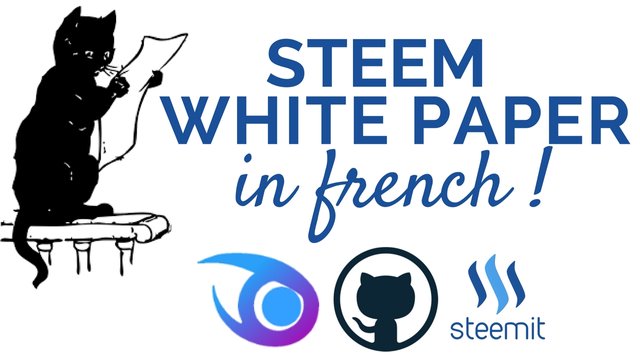


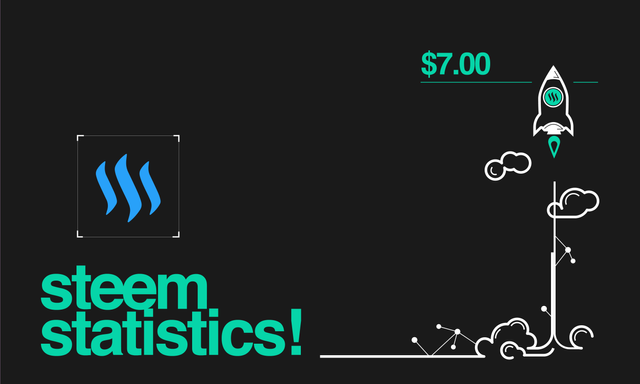
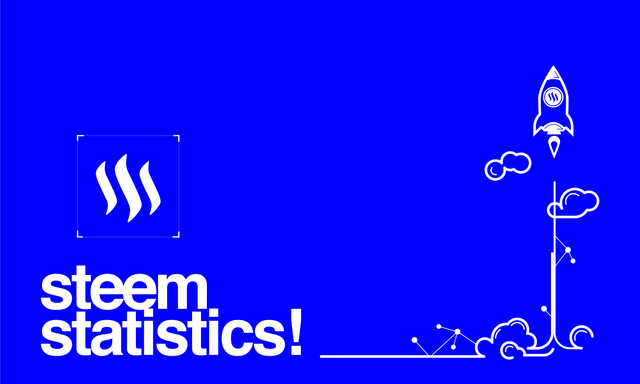
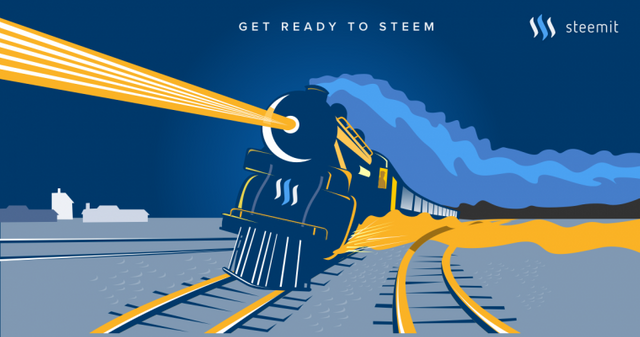
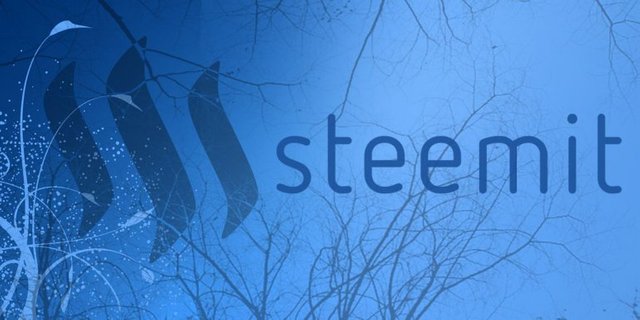

good steemit bluepaper
Steem Steem Steem Steem Steem
Steem Steem Steem Steem
Resteem Resteem Resteem Resteem Resteem Resteem
Reply Reply Reply Reply Reply Reply
Hi! I am a robot. I just upvoted you! I found similar content that readers might be interested in:
https://steem.com/steem-bluepaper.pdf